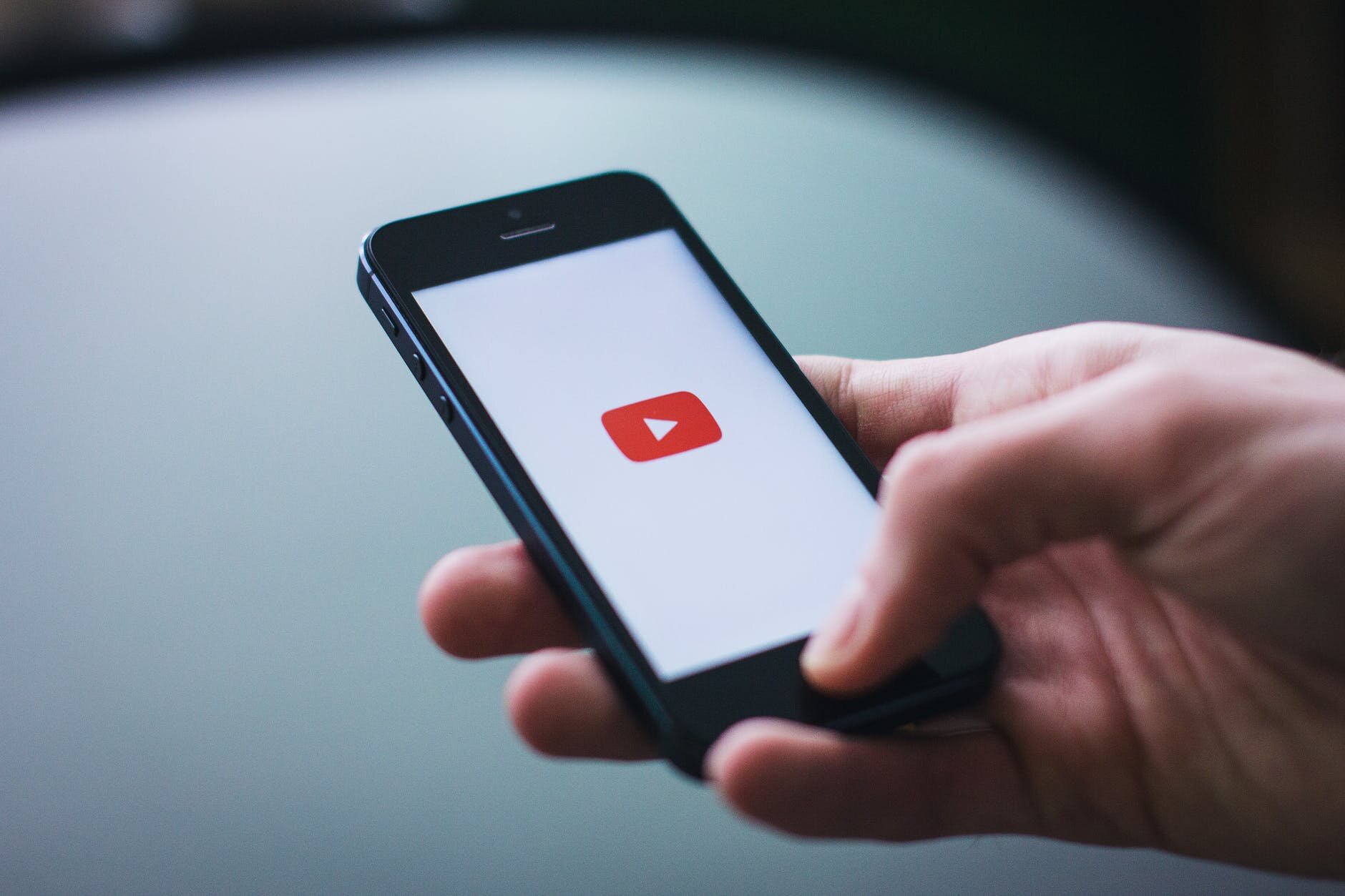
The mere existence of YouTube and the ability to easily create, post and share videos across the internet has changed the face of public relations and marketing. As YouTube has become one of the top content curation platforms over the past decade, companies in the business to business (B2B) space are finding more ways to strategically produce content that highlights both their industry and unique services.
According to Alexa rankings of the top 500 sites on the web, YouTube is second only to its parent company, Google, and according to Buffer’s 2019 social report, 62 percent of businesses use YouTube as a channel to post video content. YouTube is a hot commodity for businesses looking to boost organic traffic.
Marketing and PR teams representing B2B companies can utilize YouTube as an educational and search engine optimization (SEO) tool to engage with target audiences. Although
many businesses are aware of the untapped potential of YouTube and what it brings to the table, many companies struggle with pinpointing the right tactics to elevate a business profile on the platform.
How to Maximize YouTube for Business
PR professionals can turn to industry influencers, principals behind B2B projects or interviews with C-suite executives to effectively elevate a business profile on YouTube. Content could include company and branding announcements, thought leadership “vlogging” or even unique commentary from trade shows and various conferences.
YouTube effectively creates opportunities for marketers and PR professionals to leverage their skills to attract a target audience, generate brand awareness or increase a client’s likelihood to come up on search engines. This comes via interactive and engaging content that a public relations firm identifies, creates, leverages and shares across channels.
YouTube can be leveraged as an effective tool for PR campaigns because the video segments are easily shareable among hundreds and thousands of users — perfect for clients
with a limited budget looking to maximize organic traffic and boost their position on search engines.
There are several ways companies and PR/marketing professionals can capitalize on the power of YouTube to create an ongoing B2B campaign, including:
1. COLLABORATE WITH AN INFLUENCER OR “VLOGGER”
It may come as a surprise, but there are quite a few YouTube influencers and vloggers that specialize in B2B industries. These are active contributors bringing commentary to
large-scale commercial real estate projects, feats of engineering and architecture, environmental trends, and more. Collaborating with one who has a strong following will bring organic traffic and brand awareness to an ever-expanding user base.
2. INTERVIEWS WITH MULTIMEDIA JOURNALISTS
If your company has an interesting story regarding a new project, re-brand, expansion, corporate responsibility initiative, or anything that could be considered news,
arranging an interview with a multimedia journalist could be a great way to package your story. These journalists combine texts, images, sound, videos and graphics
to tell their stories. A company could reach a multimedia journalist by offering exclusive interviews with high-level executives and a project/facility tour.
Once complete, you can also reshare that video on your firm’s business YouTube channel, and on other social media networks. There is a good chance that the journalist may
also tag your company or interview source in his/her work, building visibility for the topic area. If posted to YouTube, any mention could direct traffic to your
company’s profile.
3. CREATE YOUR OWN YOUTUBE SERIES
Creating a series of YouTube videos using your staff or with an outside marketing/PR team can also benefit your business immensely.
Engaging videos could include:
- Exclusive interviews with C-suite executives discussing a new project or company news.
- Panel discussions with executives and industry experts debating the latest industry trends or predictions.
- Create short recaps of major industry projects; incorporate team members that were close to the project.
- Post recap videos featuring company booths and clients attending speaker engagements or trade shows.
These videos can be produced regularly, semi-regularly, quarterly, or be largely dependent on project news. The more you populate a video platform or social
media profile, the more likelihood that it will reach potential clients or partners.
If you’re posting videos directly to YouTube, be sure to incorporate relevant keywords in a video’s title, tags and description. Using relevant keywords can increase views and build traffic because these words target audiences searching for similar content.
Web audiences are vast, and marketers have a real chance of reaching ideal demographics – should a few parts align. These include consistency of posts/videos and a unified/creative message. (Some type of marketing push behind the “launch” is equally beneficial.)
In Closing
There’s no question that YouTube will continue to expand in popularity in 2020 and beyond. The above tips can help business owners in the B2B space maximize their company’s YouTube presence to reach more potential clients.
With due time and a solid foundation in visual media, you should expect to see results as your company publishes engaging content and interacts with a
user base, even if that user base is not extensive at the start.